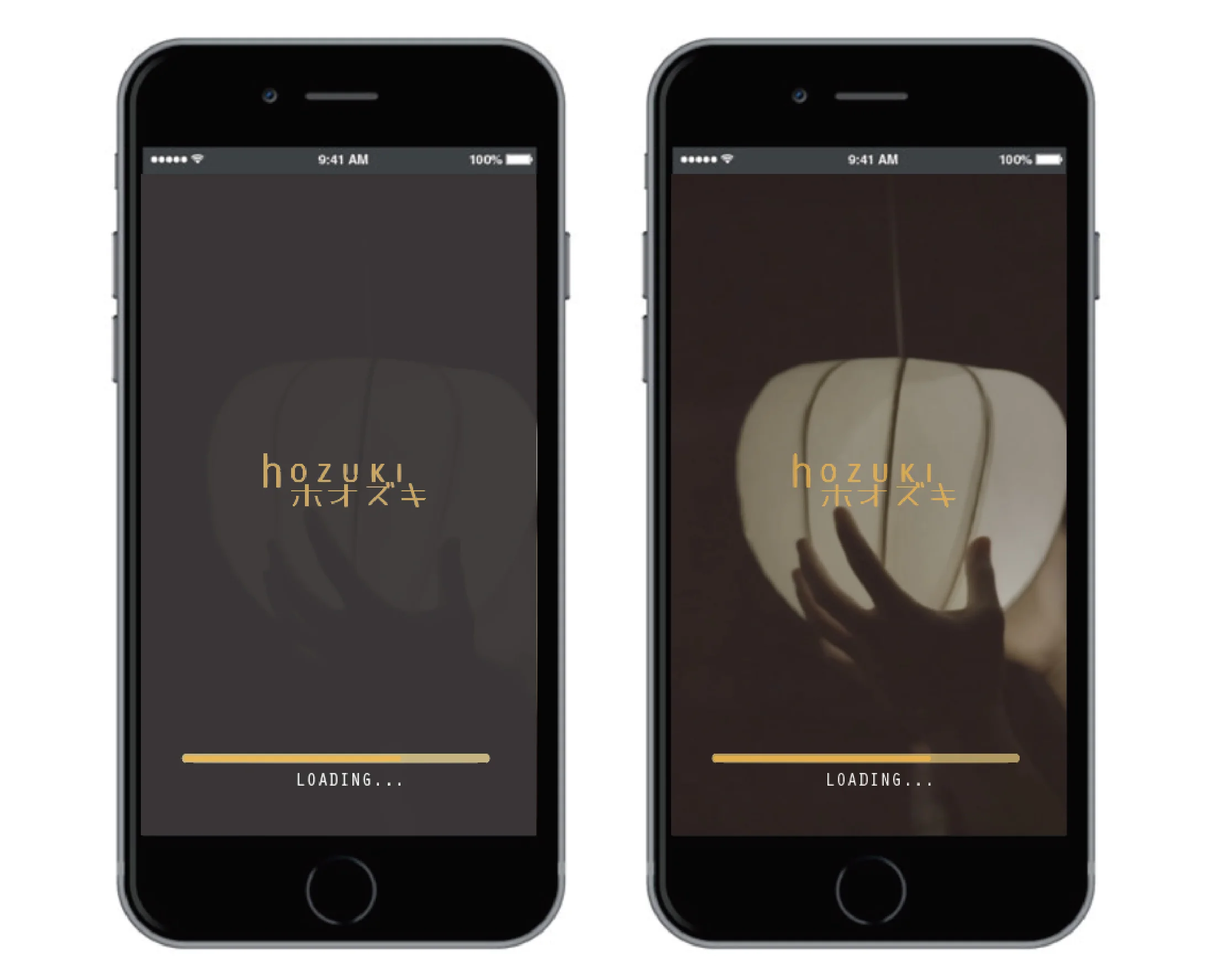Hozuki Lantern
Hozuki Lantern is a digital + tangible user interface design project done in an intensive three weeks summer camp. The design camp took place in country side Japan, in Hida, Gifu prefecture. I was the concept design lead, facilitated brainstorming sessions, and the researcher conducting interviews with our prospective users, as well as visual designer documenting the process and final prototype.
Our team created the Hozuki Lantern device to create a genuine and efficient interaction between the Japanese locals and the foreign travelers. Our goal for the project was to help elderly residents who are inactive members of the current technological world, to be able to use our device in order to help tourists connect to the authentic lifestyle of the Hida countryside. It is important for tourists who are visiting the Hida area to understand and experience the countryside lifestyle. In Hida-Furukawa, the local population currently has a high rate of elderly, due to the migration of the younger generations to job-populated areas. The elderly are extremely interested in hosting and showing tourists the lifestyle that they live day to day.
Team:
Teaching Assistant: Masayasu Goto
Product Designer:Chi-Li Cheng
Product Developer: Ken Lee
Researcher: Mike Meng
UX/UI Designer: Yiko Li
The project was selected for YouFab Global Creative Award 2016 and exhibited in CUBE Gallery in Shibuya, Tokyo, Japan. More info please click to visit official website.
Identifying The Users & Challenge:
Our group realized that the main issue between the visitors experiencing a genuine lifestyle and the elderly hosting these visitors is a simple lack of connection. As a solution to the disconnection, we created a merge of two different user interfaces into one device.
Design Solution:
The elderly, who are not technologically proficient, only have to hang a lantern on their porch. When the lantern is hung, tension is created between the weight of the lantern and the string it is hung on. The tension activates a GPS and Wifi device that is hidden inside a 3D printed case, implanted within the lantern. The GPS device sends the lantern’s location to the Hozuki Project software app, accessible to all tourists via the Google play store. The app displays dropped pins of all the lanterns in the area where tourists can find out the elderly who are ready to host them for various activities. These two interfaces, allow not only for tourists to easily navigate to the elderly, but for the elderly to use a familiar cultural object without even having to know any aspect of the internal technical operations.
Wireframe & User Flow:
How it works?
Concept Map:
IOS Interface*
Web Interface*
Web Interface*
Process and Tools:
In the making process of the Hozuki Lantern, we aimed to combine the traditional Japanese craftsmen materials to create a structure that is visually un-suggestive of the hidden technological device. For the exterior structure, we took the shape of a popular hozuki plant in Japan, which is often found as a decoration in many Japanese homes. The design combines a woodwork joinery technique known as Kumiki and traditional Japanese Washi paper to create the transparency and delicate hozuki. Similar to the refined shape of the plant, we used the laser cutting fabrication technique to create a precise wooden structure. We aimed to create unity of the whole design to even the finest details.






















